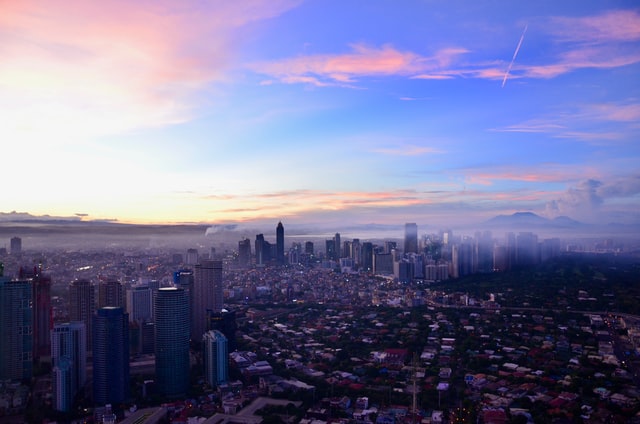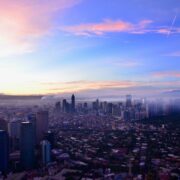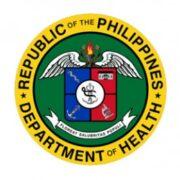
THE Philippines’ National Capital Region (NCR) Plus will remain under the general community quarantine (GCQ) “with restrictions” from June 1 to 15.
President Rodrigo Duterte on Monday, May 31, extended the GCQ status in the National Capital Region, Bulacan, Cavite, Laguna, and Rizal following the recommendation of the Inter-Agency Task Force for the Management of Emerging Infectious Diseases (IATF-EID).
Earlier, Duterte announced that the GCQ with restrictions in NCR Plus will remain until June 30, but Presidential Spokesperson Harry Roque clarified that it will only be observed for 15 more days.
The following areas will be under GCQ until the end of the month: Baguio City, Kalinga, Mountain Province, Abra, Isabela, Nueva Vizcaya, Quirino, Batangas, Quezon, Iligan City, Davao City, Lanao del Sur, and Cotabato City.
Meanwhile, Santiago City, Cagayan, Apayao, Benguet, Ifugao, Puerto Princesa City, Iloilo City, Zamboanga City, Zamboanga Sibugay, Zamboanga del Sur, Zamboanga del Norte, Cagayan de Oro City, Butuan City, and Agusan del Sur will be under modified enhanced community quarantine (MECQ) until June 15.
The rest of the country will be under the least stringent modified GCQ until the end of June.
The NCR Plus was first placed under GCQ with restrictions on May 15, downgrading from its MECQ classification.
Leisure travel
The government’s pandemic task force has allowed residents from NCR Plus to travel in areas under MGCQ until June 15.
For its part, the Philippine Department of Tourism (DOT) stressed that permitted leisure travel will be point-to-point only.
Travelers below the age of 18 years old and above 65 years old will be subject to an RT-PCR test.
“We are looking forward to once again [seeing] our tourism destinations welcome tourists from the NCR Plus area. Of course, this has to be done with utmost precaution,” said Tourism Secretary Bernadette Romulo-Puyat.
To date, there are a total of 1,235,467 confirmed COVID-19 cases in the Philippines, with 21,012 fatalities and 1,161,252 recoveries.






